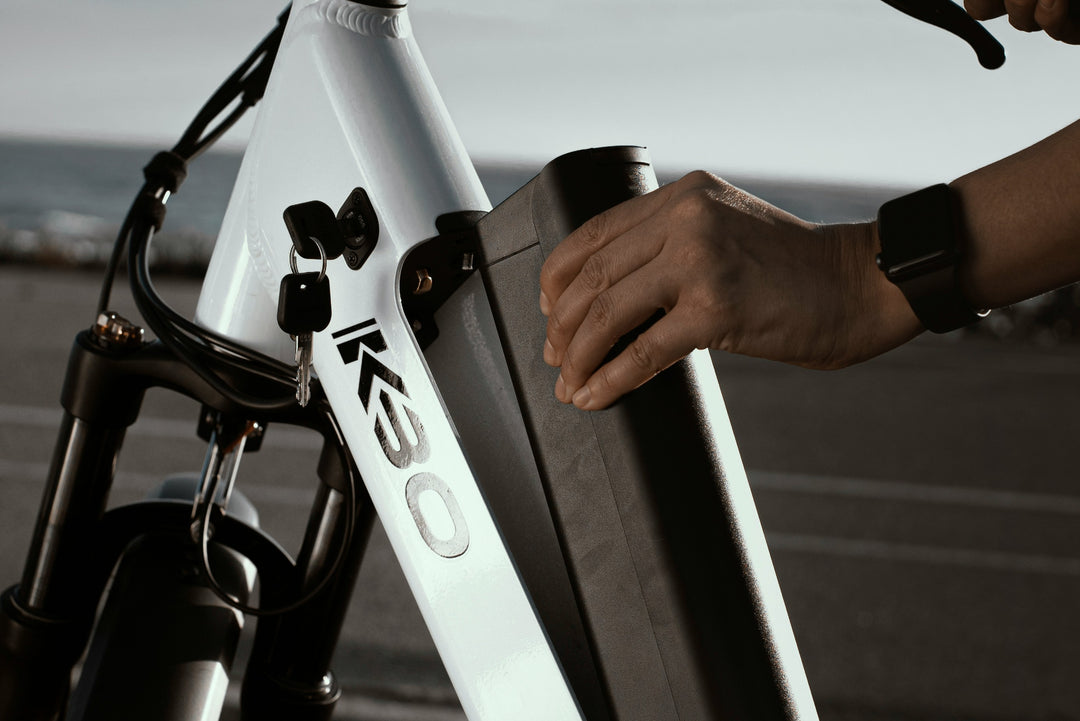Electric bikes (ebikes) are becoming increasingly popular in urban centers. They offer a number of advantages over traditional bicycles, including:
- They can travel longer distances without getting tired.
- They can be pedaled or powered by the electric motor, making them a good option for people of all fitness levels.
- They are more environmentally friendly than cars or motorcycles.
As a result, ebikes are seen as a potential solution to some of the challenges facing urban transportation, such as traffic congestion, air pollution, and climate change.
The Benefits of Ebikes in Urban Centers
Ebikes offer a number of benefits for urban commuters, including:
- Reduced traffic congestion. Ebikes can help to reduce traffic congestion by providing a more efficient way to get around. They take up less space on the road than cars and motorcycles, and they can also be parked more easily.
- Improved air quality. Ebikes produce zero emissions, which can help to improve air quality in urban areas. This is especially important in cities with high levels of air pollution.
- Reduced noise pollution. Ebikes are also quieter than cars and motorcycles, which can help to reduce noise pollution in urban areas.
- Increased physical activity. Ebikes can help people to get more exercise, which can improve their health and well-being.
- Affordability. Ebikes are a more affordable option than cars or motorcycles.
The Challenges Facing Ebikes in Urban Centers
Despite the benefits of ebikes, there are still some challenges that need to be addressed before they can become a mainstream form of transportation in urban centers. These challenges include:
- Lack of infrastructure. Many urban areas do not have the infrastructure in place to support ebikes, such as dedicated bike lanes and charging stations.
- Cost. Ebikes can be more expensive than traditional bicycles.
- Range anxiety. Some people are concerned about the range of ebikes, and whether they will be able to travel long distances without running out of battery power.
- Safety. Ebikes are still a relatively new form of transportation, and there is some concern about their safety. For example, there have been a number of accidents involving ebikes and pedestrians.
The Future of Ebikes in Urban Centers
Despite the challenges, the future of ebikes in urban centers looks bright. As the technology improves and the cost of ebikes comes down, they are likely to become more popular. With the right infrastructure in place, ebikes could play a major role in reducing traffic congestion, air pollution, and climate change in urban areas.
Here are some of the things that can be done to promote the future of ebikes in urban centers:
- Invest in infrastructure. Governments and businesses can invest in dedicated bike lanes and charging stations to make it easier for people to use ebikes.
- Provide incentives. Governments can provide incentives, such as tax breaks or rebates, to encourage people to buy ebikes.
- Educate the public. People need to be educated about the benefits of ebikes and how to ride them safely.
By addressing these challenges, we can help to make ebikes a more viable option for urban transportation. This will have a positive impact on the environment and the quality of life in our cities.






